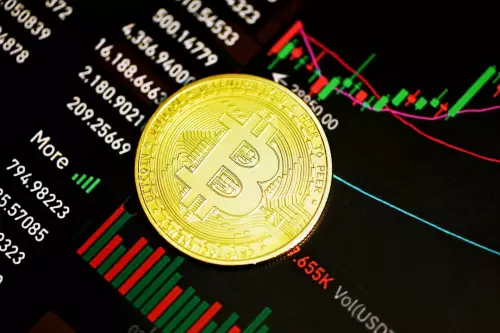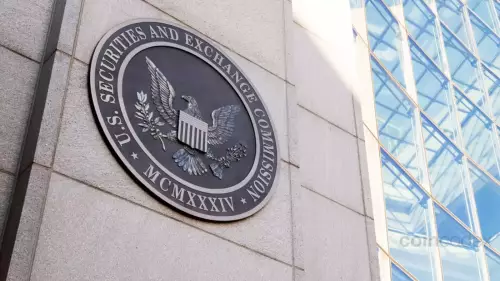ETH's holding structure is shifting. Accumulation wallets swell, exchange reserves dwindle. What does it mean for the market?

The Ethereum landscape is undergoing a fascinating transformation. Let's dive into the dynamics of ETH accumulation wallets and dwindling exchange reserves, and what it all might mean.
The Great ETH Migration
Over the past month, a staggering 2.8 million ETH has flowed into accumulation wallets, even amidst market volatility. These wallets, often dubbed 'no-sell' addresses, are dedicated to long-term holding, hinting at a strategic, long-term bet on Ethereum. This trend gained momentum in September, with accumulation addresses reaching nearly 28.6 million ETH.
Who's Accumulating All This ETH?
The sheer scale of accumulation, particularly a single day seeing whales gobbling up 1.2 million ETH, suggests that institutions, funds, or other strategic players are behind the movement. These entities seem to be unfazed by short-term market fluctuations, indicating a belief in Ethereum's long-term potential. Adding fuel to the fire, BitMine made a significant treasury purchase, adding over 209K ETH to their reserves.
Exchange Reserves: Dwindling, But Not Gone
While accumulation wallets are filling up, exchange reserves are trending downward, currently hovering around 16.5 million ETH. Spot exchanges hold a mere 7.24 million ETH, with Coinbase Advanced down to 3.2 million ETH after recent outflows. These outflows seem to be heading towards self-custodied wallets, cold storage, or self-controlled staking – a sign of increased user empowerment and confidence in managing their own assets. Chainlink (LINK) also saw this trend, with exchange reserves hitting an all-time low as investors opted for self-custody.
Potential Implications and Personal Musings
One might ask, what's driving this accumulation? The Ethereum ecosystem's dominance in DeFi offers a clue. ETH is still the go-to for collateral, staking, liquid staking, and more. As DeFi continues to evolve and new stablecoins emerge, the demand for ETH will likely remain strong. It’s also worth noting the connection between ETH and Chainlink, with the latter experiencing significant whale buying activity when the price dips. This suggests a broader trend of smart money accumulating promising assets during market corrections.
However, low exchange reserves can amplify selling pressure, even with accumulation and low reserves, ETH hasn't yet experienced a significant supply crunch. The movements in the derivatives markets can offset the accumulation, as seen with ETH dipping to $3,900 after liquidations. The deleveraging may take weeks or months to rebuild positions, even though a short squeeze is possible to just above $4,000 with newly accumulated liquidity.
Altcoin Season Spotlight
It's worth noting that while ETH is seeing accumulation, the altcoin market is also heating up. Tokens like Aethir, Mantle, and Hyperliquid are gaining traction, driven by specific catalysts rather than a broad market rally. This suggests a discerning market where traders are focusing on projects with strong fundamentals and clear narratives.
Wrapping Up
So, what's the takeaway? Ethereum's undergoing a shift, with long-term holders gobbling up ETH while exchange reserves shrink. Whether it's institutions prepping for the next DeFi wave or individuals taking control of their assets, one thing's clear: the game's afoot, and it's gonna be an interesting ride. Keep your eyes peeled, folks! The crypto world never sleeps, and neither should your curiosity.














































































